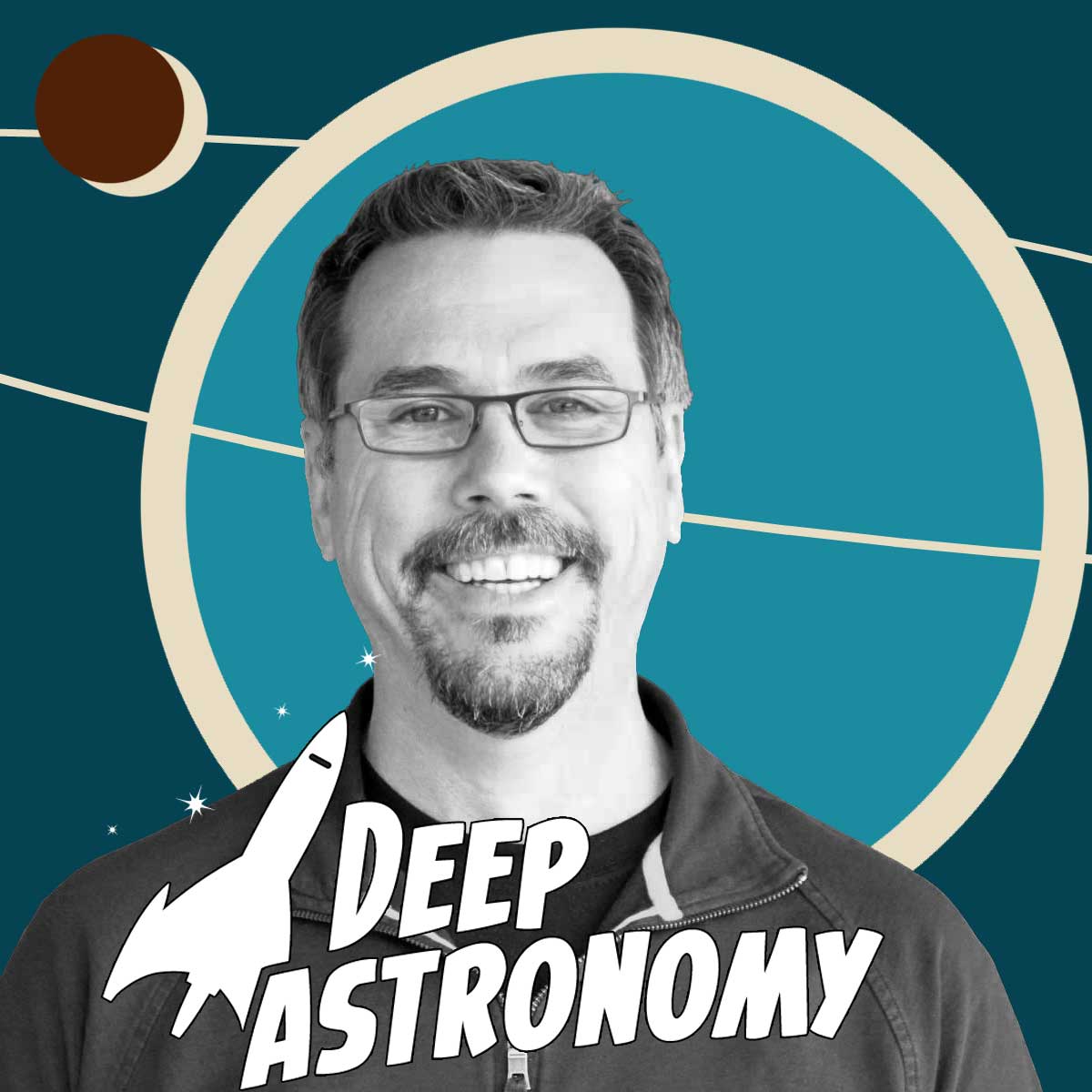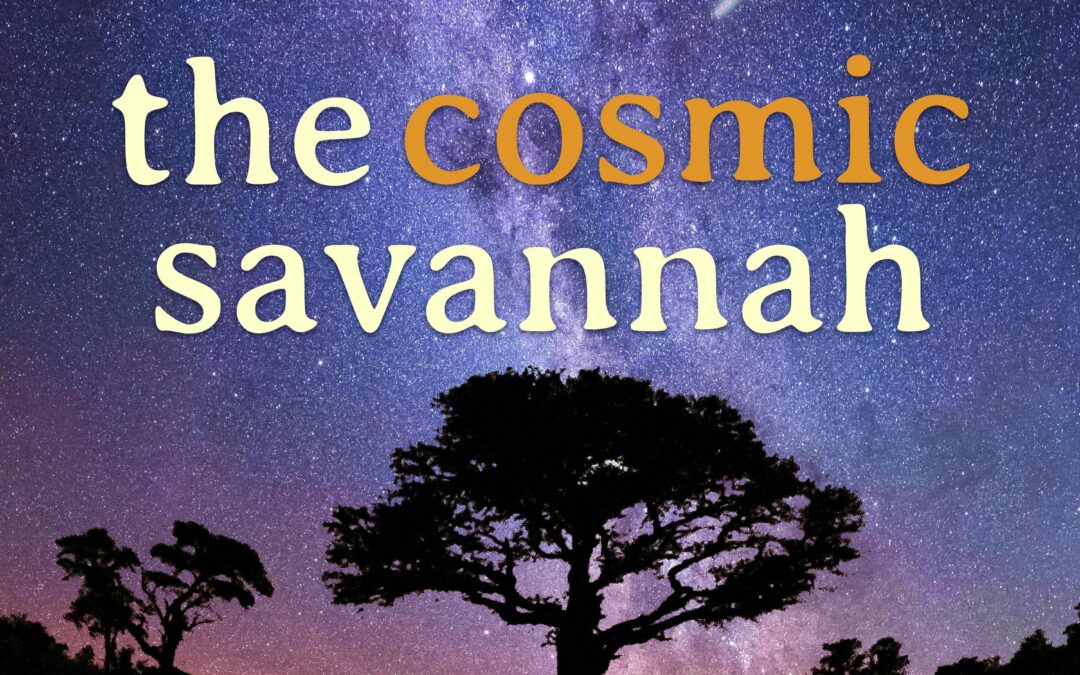Two new studies are attempting to solve a couple of big puzzles in astrophysics: Is the Hubble constant actually constant?


Two new studies are attempting to solve a couple of big puzzles in astrophysics: Is the Hubble constant actually constant?


Can galaxies ever get destroyed? What happens to their stars? Do galaxies ever die? More on today’s Ask a Spaceman!

Our galaxy series continues with elliptical galaxies. Unlike other types, these are large, smooth with very few distinguishing features. They’re filled with red and dead stars, a clue to their evolution.

It’s time to begin a new mini-series. And today @AstronomyCast start with the dwarf galaxies, which flock around larger galaxies like the Milky Way. Are they the building blocks for modern structures?

Recent observations of twelve different stellar streams around the Milky Way have revealed the effects of dark matter, similar to how lights on a Christmas Tree reveal the shape of the tree in dark.

One of JWST’s top jobs is to peer deeper into the Universe than ever before, watching as the first galaxies came together. What’s going on and what does it mean for cosmology?

Is the many-worlds interpretation of quantum mechanics science? While we may not be able to say what exactly science is, I can say that I prefer to have my science with a little bit of data. For me to recognize science when I see it, it has to come with some observations or something verifiable

Galaxies grow through mergers with other galaxies. Using the Dark Energy Spectroscopic Instrument (DESI) astronomers have studied the merger history of the Andromeda Galaxy for the first time. So today we will learn about the immigration history of the Andromeda Galaxy.

Today @cosmicsavannah discus about how to recreate the formation of galaxies inside a supercomputer with Dr. Rob Yates as he explains how he uses semi-analytic simulations to try and understand how various elements are created and dispersed around galaxies.